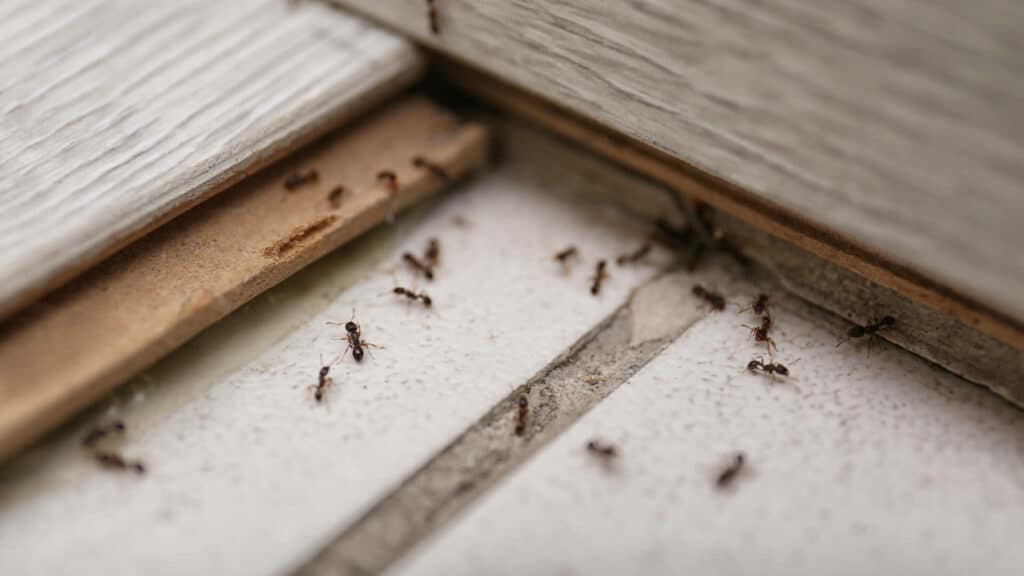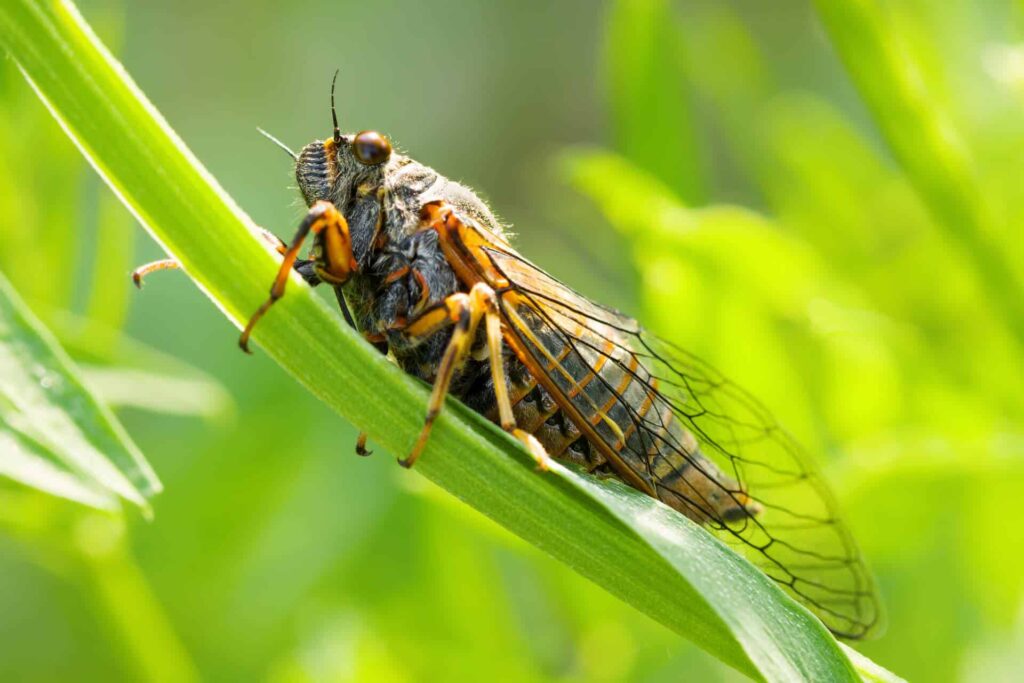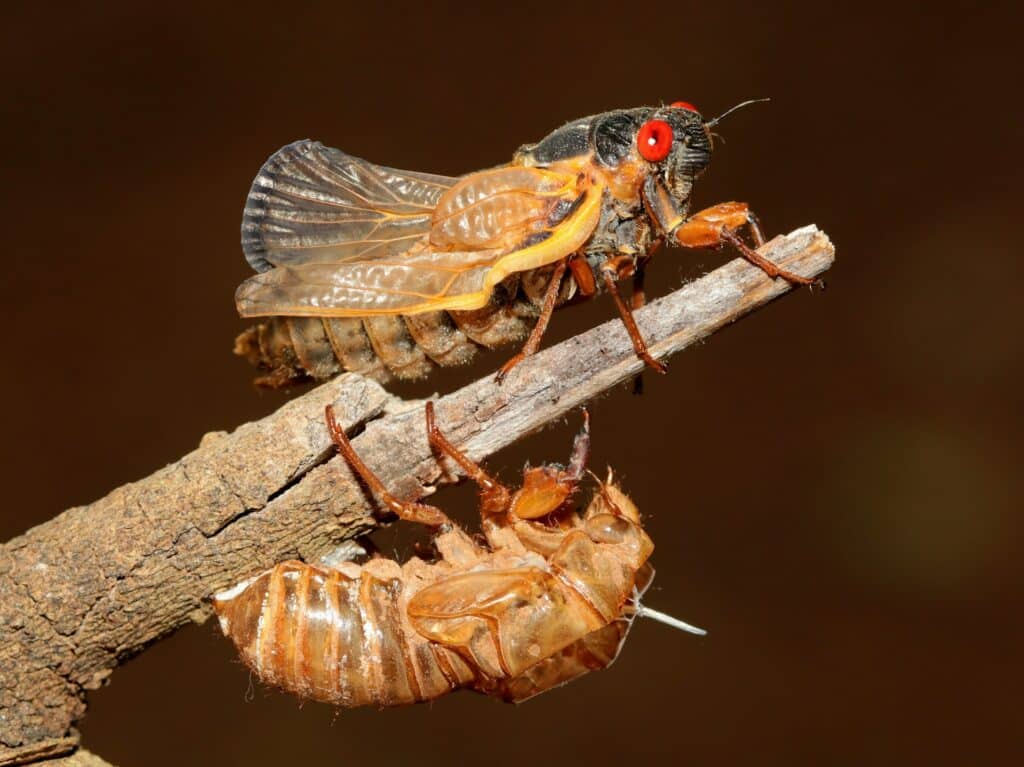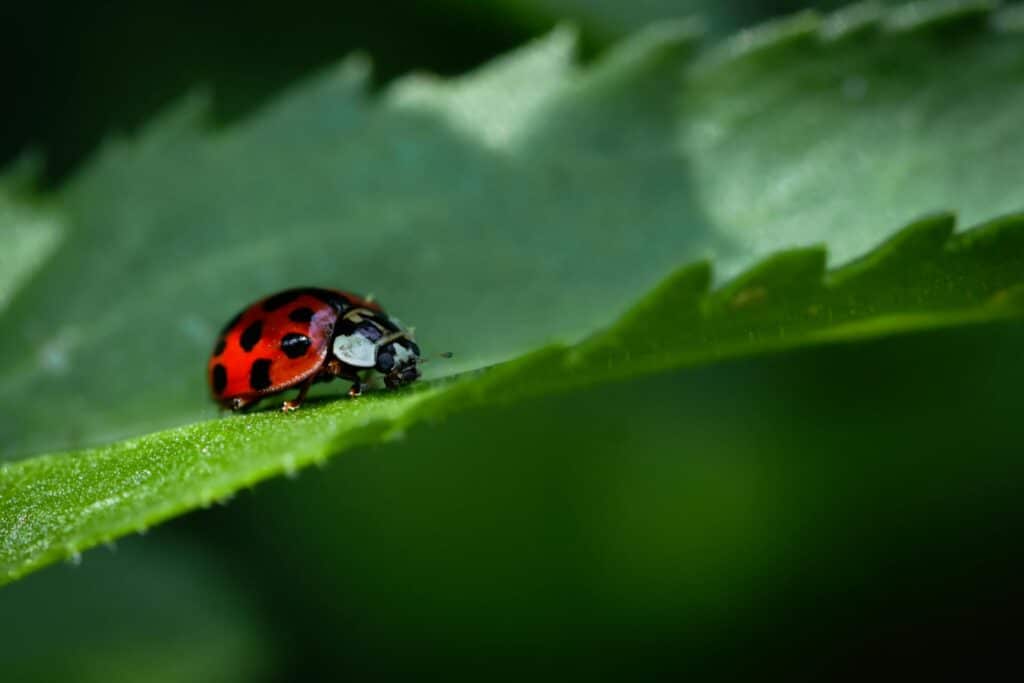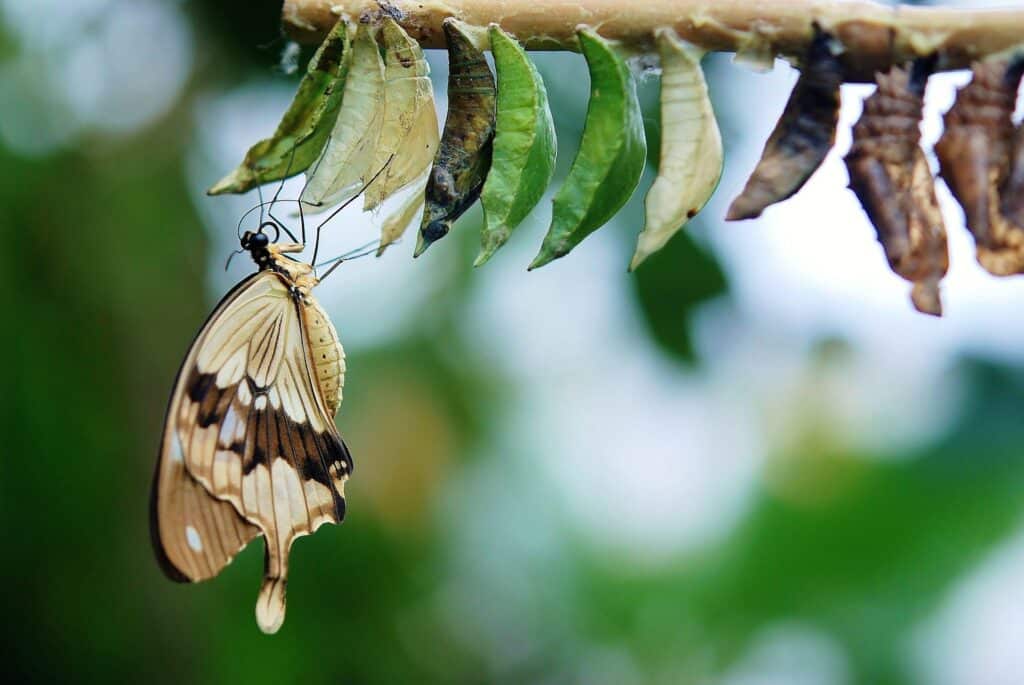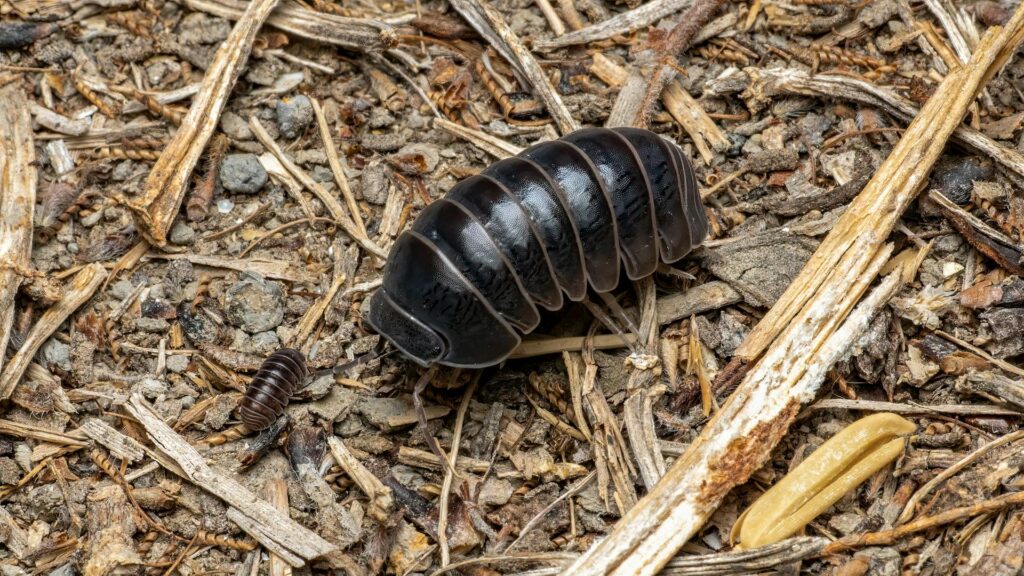What’s worse than finding pests in your house?
Realizing you’ll have to handle baits, pesticides, traps (and trapped pests!) or other devices to control them yourself.
One kind of pest control device has been a popular talking point for years among consumers who don’t look forward to getting their hands dirty: ultrasonic pest repellers.
Ultrasonic pest repellers claim to eliminate pest problems by emitting high-frequency sounds that disturb bugs and rodents and persuade them to stay away.
Ultrasonic pest repellers sound like easy, straightforward ways to prevent pests. But do they work as advertised? Despite successful lab experiments, research has not been able to prove that these devices are effective against bugs and rodents in real-world circumstances. What does science say about why they probably won’t work in your home?
How Electronic Pest Repellers Claim to Work
These devices, which you plug into an outlet like a nightlight, are supposed to repel pests by emitting an irritating sound. The frequency of the ultrasonic sound waves they produce is too high for human ears to detect. But bugs and rodents, such as cockroaches, crickets, mice and rats, can hear this high-frequency sound.
The theory behind these devices is that the sound will make pests uncomfortable, disrupt their eating habits and cause them to leave the area—whether it’s your living room, basement, or garage.
But studies have shown mixed results.
Research Shows Ultrasonic Pest Repellers Are Ineffective
Researchers have tested these devices in controlled experiments to determine if they work according to theory. In lab tests, using powerful ultrasonic emitters, some pests were dramatically affected by the sound.
But in real-life situations, using store-bought devices, research has shown that ultrasonic pest repellers are inconsistent and ineffective.
The devices available from stores and online aren’t powerful enough to affect pests. Their range is too short and the sound waves they emit are too weak to effectively repel bugs or rodents.
In some cases, mice and rats simply stop reacting to the sound—after initially considering it a threat, they become accustomed to it. Other pests don’t show any reaction. Even if the devices did produce effects on bugs, their range is too limited to control an infestation of any size.
FTC Warning
In 2001, the FTC warned many manufacturers of these devices to change the claims of success they printed on the packaging because there was no scientific evidence to back it up. Today, they aren’t allowed to promise completely effective pest control because there’s no research proving that their products will work.
Though packaging and customer reviews still suggest some level of success, the fine print makes it clear that nothing is certain.
Should You Use Ultrasonic Pest Repellents?
Unfortunately, these simple, clean pest control solutions don’t eliminate pest infestations. Some users have reported success but that result was probably due to one of the many other variables affecting pest populations.
Before spending money on these products, consider the lack of scientific evidence backing them up and the availability of other, time-tested options.
Are Ultrasonic Pest Repellers Safe?
The same factors that make these devices ineffective—weak sound and limited range—also make them perfectly safe for use around people. We can’t detect the noise and it is not harmful to our ears.
You should, however, consider the potential effects of ultrasound on your pets. Dogs and cats don’t seem to mind the sound, even though they can hear it. But if the ultrasound is strong enough for pests to hear, it might frighten or irritate hamsters, gerbils and other small pets—even if only temporarily.
Better Pest Control Solutions
Without conclusive evidence that ultrasonic and electronic pest repellers work, it’s better to avoid these products and choose pest control methods that have been proven effective, such as traps and baits.
Traps and baits are different implementations of the same idea. Traps are meant to attract pests to the bait and trap them while baits are poisonous and kill the pest after it eats it.
Simple baits, such as peanut butter, are very attractive to rodents, making these products much more successful than electronic devices.
You might think one or two pests around the house is a problem you can handle yourself. The truth is that seeing one or two pests often signals the presence of a larger infestation. It’s important to control pests as quickly and effectively as possible—the best way to do it is to call the professionals at Aptive.
Call Aptive Pest Control for Effective Pest Control
Protect your home against pests and let the professionals at Aptive Pest Control handle infestations of any size. Our experts use techniques that are professional, effective and convenient to control pests in and around your home.
